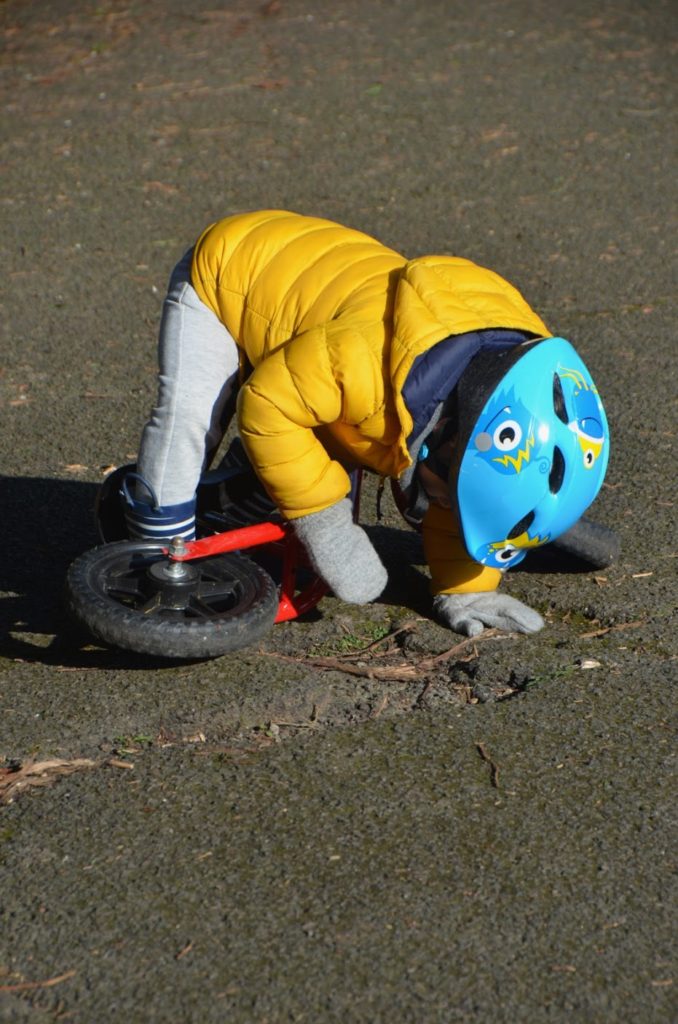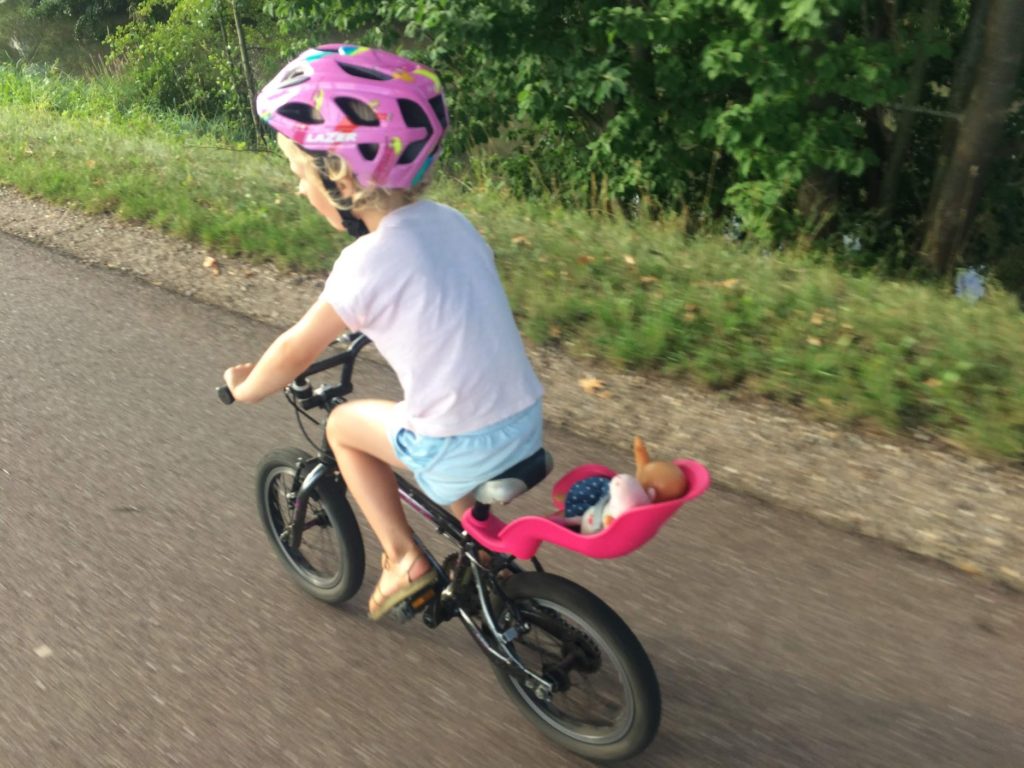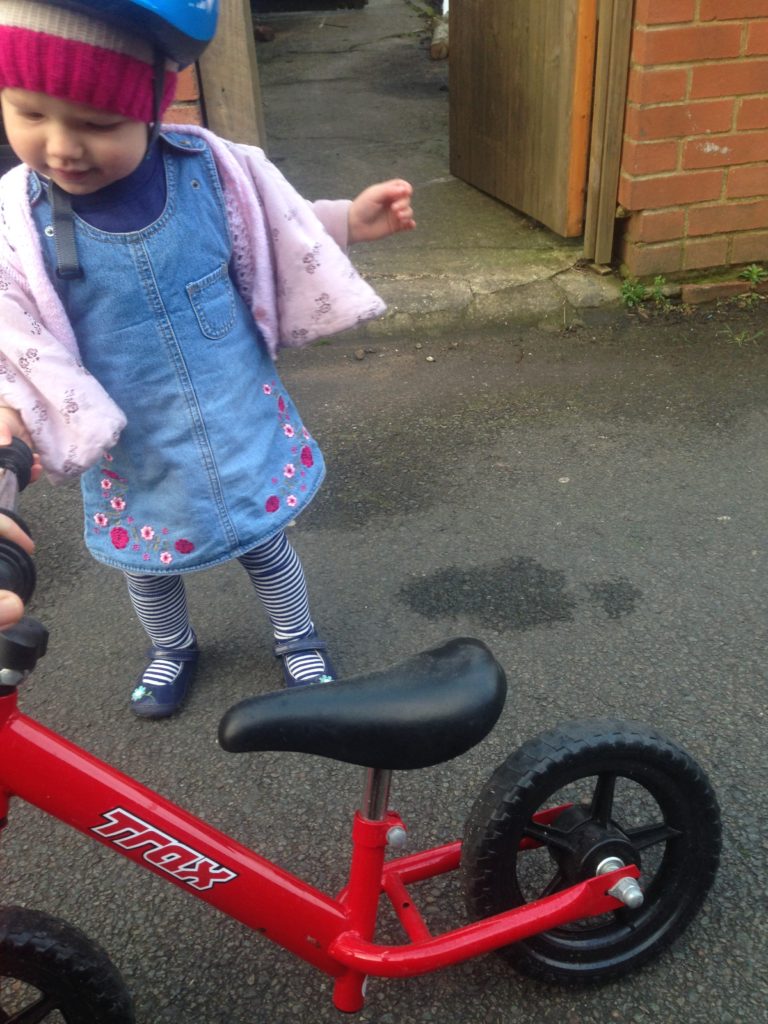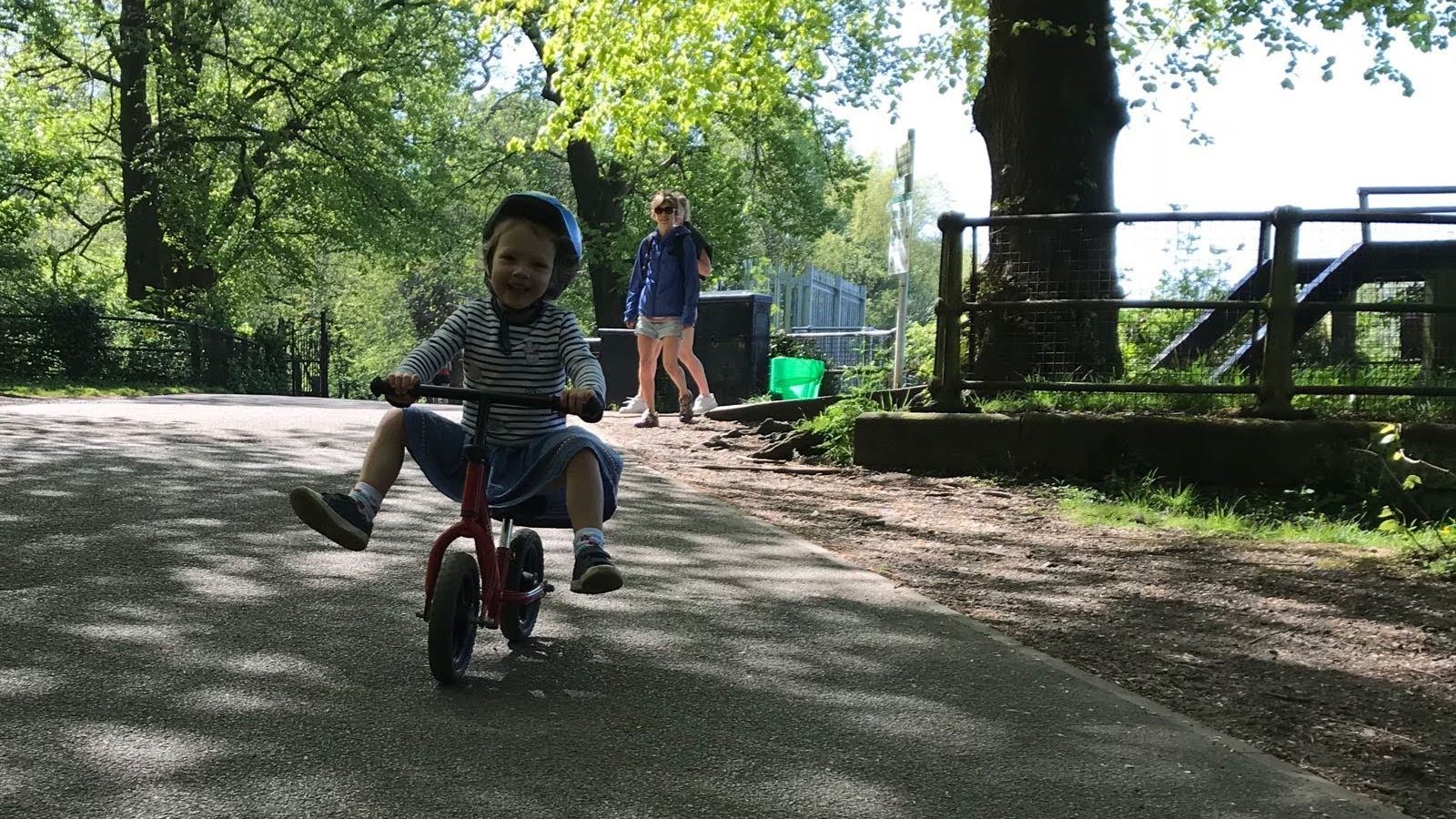Today I am sitting looking at the laptop and having what I’m going to call a “blogging blank”. I feel that this winter has zapped me of creativity and outside joy. I was thinking only the other day, I’ve done well staying positive through all this rain, but now March has arrived I guess I feel entitled to a bit of spring! Yet, the rain still falls! But, like I’ve said before, if you can’t beat it, join it. We have to! So, instead of moping around and not having anything good to say I’m going to write about one of my biggest passions in life which is possible whatever the weather…play!


I have said so many times before how important it is for us to allow our children to play and for us to get involved with them. Scaffolding for our children’s learning can be so helpful, but it can also be a massive hindrance. So, how do we find that balance? When should we get involved and when should we take a back seat? As a play therapist this is a skill which I feel I am still learning. It’s such a wonder picking up on the non-verbal cues of clients and wondering do they need me here or will they work it out for themselves? Who’s need am I meeting by getting involved – my need to be needed or their need to be guided? It’s a fine line.
I was chatting with one of my supervisee’s last night who is working with a young lad who struggles to manage his temper. She was wondering whether she should get involved and help him to start recognising other emotions as all he seems to know is anger. Through discussion it seemed apparent that, at this time, introducing other emotions would actually be far beyond his capability of understanding. He was feeling angry and that is what he needed to experience and work through in the safety of the play room. It transpired that within one session he actually tried four different calming strategies for himself. In this instance getting involved with our adult agenda would not necessarily have helped the situation. But allowing him to explore for himself gave him the opportunity to find his own resources to self-regulate.

On the other hand, I was working with a young teenager this week who emotionally is like a four-year-old. This is through no fault of her own, but due to a very neglectful start to life, with no love, emotional warmth or guidance in boundaries. We were discussing, on a cognitive level, what helps her calm down when she gets worked up and frustrated. She came up with a few suggestions but for one reason or another they didn’t work. She was very negative towards the process and no matter what advice I might have tried to give her she couldn’t see it. This is a different piece of work and not the non-directive play therapy I was talking about with my supervisee’s little lad. It’s clear to see how when the child is given the opportunity to experience something they are more able to incorporate it into their understanding. On the contrary, when we try and show them something, if it is not at their level, they just cannot see it. We learn by experience. We learn by getting things wrong and trying again. The beauty of doing this through play is that it is safe and nobody (usually) ends up getting hurt.
I have been searching my favourite play therapy book for a quote, but can’t find it anywhere! However, whilst searching some of my old essays on play, I came across this one, which is actually exactly what I’m talking about:
“When you help a child to learn to ride a bike, you can’t just tell them how. They have to try it for themselves. And you can’t hold them up the whole time either. There comes a point when you have to let them go. If they fall, they fall, but if you hang on, they never learn.”
Carl Rogers – https://webspace.ship.edu/cgboer/rogers.html



2 thoughts on “Learnin’ the game”
This is absolutely true. As parents, it’s tough to know even after the fact if we’ve had the right amount of guidance or help. I think it comes out much later, as we watch our kids grow and cope with the world. If they are self-reliant but also willing to seek help, can control their emotions but express themselves, those are good signs.
Of course, no one is perfect, are we? But if they have the tools, they can feel enough comfort in our presence and enough challenge in the leeway we give to let them try.
Well said!
Comments are closed.